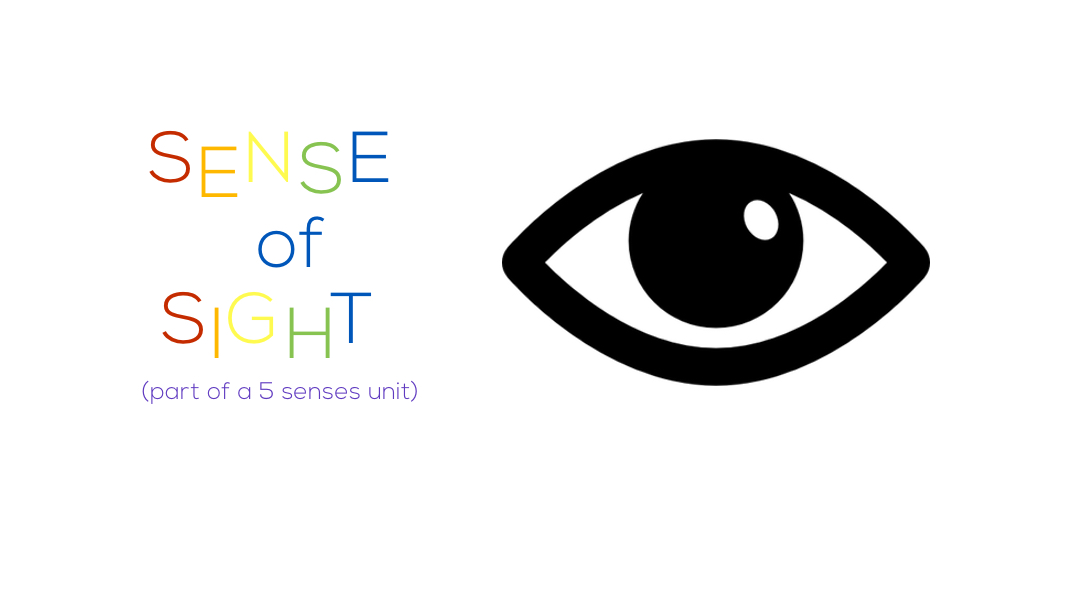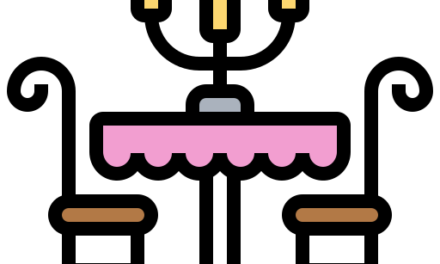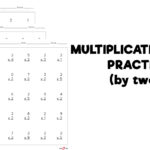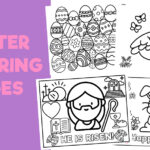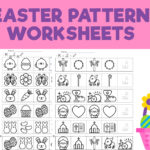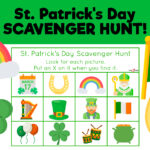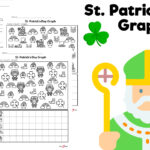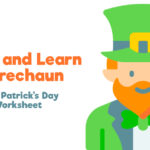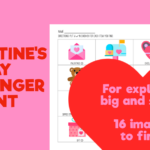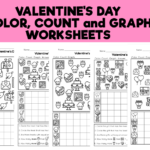Lesson Overview: In this lesson, students will learn the three primary colors used in art and how those colors are combined to make other colors. Concepts will be solidified through a literary connection as well as through an exploration of color.
Recommended Grade Level(s): Pre-Kindergarten, Kindergarten, First, Second
Objective(s): Students will...
- Identify that the eyes enable us to see a variety of colors.
- Name the three primary colors.
- State that primary colors are used to make other colors.
Materials:
*This lesson incorporates the use of three different centers.
- 1 copy of Color Dance by Ann Jonas
- jars or cups with water
- set of food coloring
- Sense of Sight Figure 2
Center 1: Watercolor Rainbows (students will paint rainbows using watercolor)
- white tagboard (1 piece per child)
- watercolor sets
- brushes
- cups of water
- paper towels
Center 2: Coloring Mixing (place a piece of paper inside a box lid, squirt three small piles of each color paint onto the paper, allow students to lift the lid and tilt it to make the marbles move through the paint and mix)
- white tagboard (1 piece per child)
- tempera paints in red, yellow, and blue
- marbles (3-5 per child)
- box lids from copy paper boxes (1 per child)
Center 3: Make a Color Mixing Chart
- Color Mixing Worksheet (1 per child)
- markers or crayons in yellow, red, blue, green, orange and purple
- copy of Sense of Sight Figure 1
Anticipatory Set:
Begin the lesson by stating the objective. Ask students to point to the organ on their bodies that allows us to see. Students should recognize that the eyes enable us to see. Draw students' attention to how the eyes are so amazing because they allow us to see a wide range of beautiful colors (some being in a box of crayons). Ask students to think about what their favorite color is--allow a few to share or have each turn to the person next to them to tell their favorite color. Next, hold up some crayons that represent a variety of colors. Ask students if they know how those colors are made. Introduce the idea of color mixing. Tell students that many of the colors are made by mixing two or more colors together. One of the colors that is most often used is called a primary color. The primary colors are red, blue, and yellow. Those colors are called primary because no other colors can be mixed to make them. Use figure 1 to demonstrate. Introduce the book Color Dance by Ann Jonas. Tell students that they are going to learn more about primary colors and how they are used to make other colors.
Guided Practice:
Have jars of water available along with food coloring. As you read the story, invite children to help you mix and form the colors the book is referring to. As different shades of the colors are introduced in the text, explain to children how white and black can be added to make colors lighter or darker. Having this visual will help solidify the concept of the primary colors and how they are mixed to make other colors.
After reading, refer to the picture of the rainbow in Sense of Sight Figure 2. Have children name the colors they see. Ask students to identify the primary colors. See if they can recall from the book how other colors are formed (e.g. orange= red+yellow, etc.). Sense of Sight Figure 1 can also be shown to review how the colors are formed.
Independent Practice:
Allow students time to create in different centers. Prompt students to switch or allow them to roam between centers as they finish each project.
Closure:
Gather students together. Recall the "Big Ideas" from the lesson. Ask students to share what they learned. Ask questions to prompt thinking and to assess: What are the primary colors? Are colors mixed to form them? How are they used to make other colors?
Assessment:
Students will be assessed according to their ability to...
- Identify that the eyes enable us to see a variety of colors.
- Name the three primary colors.
- State that primary colors are used to make other colors.

